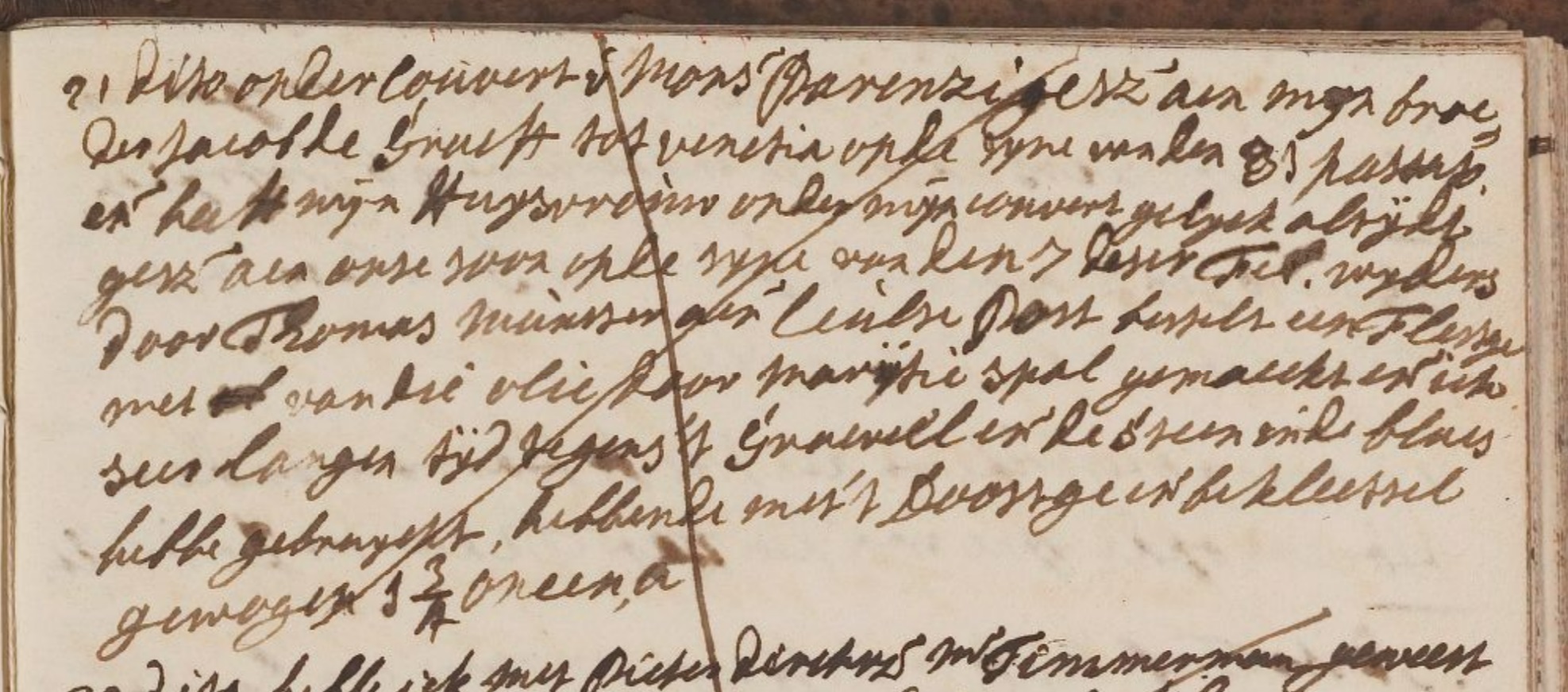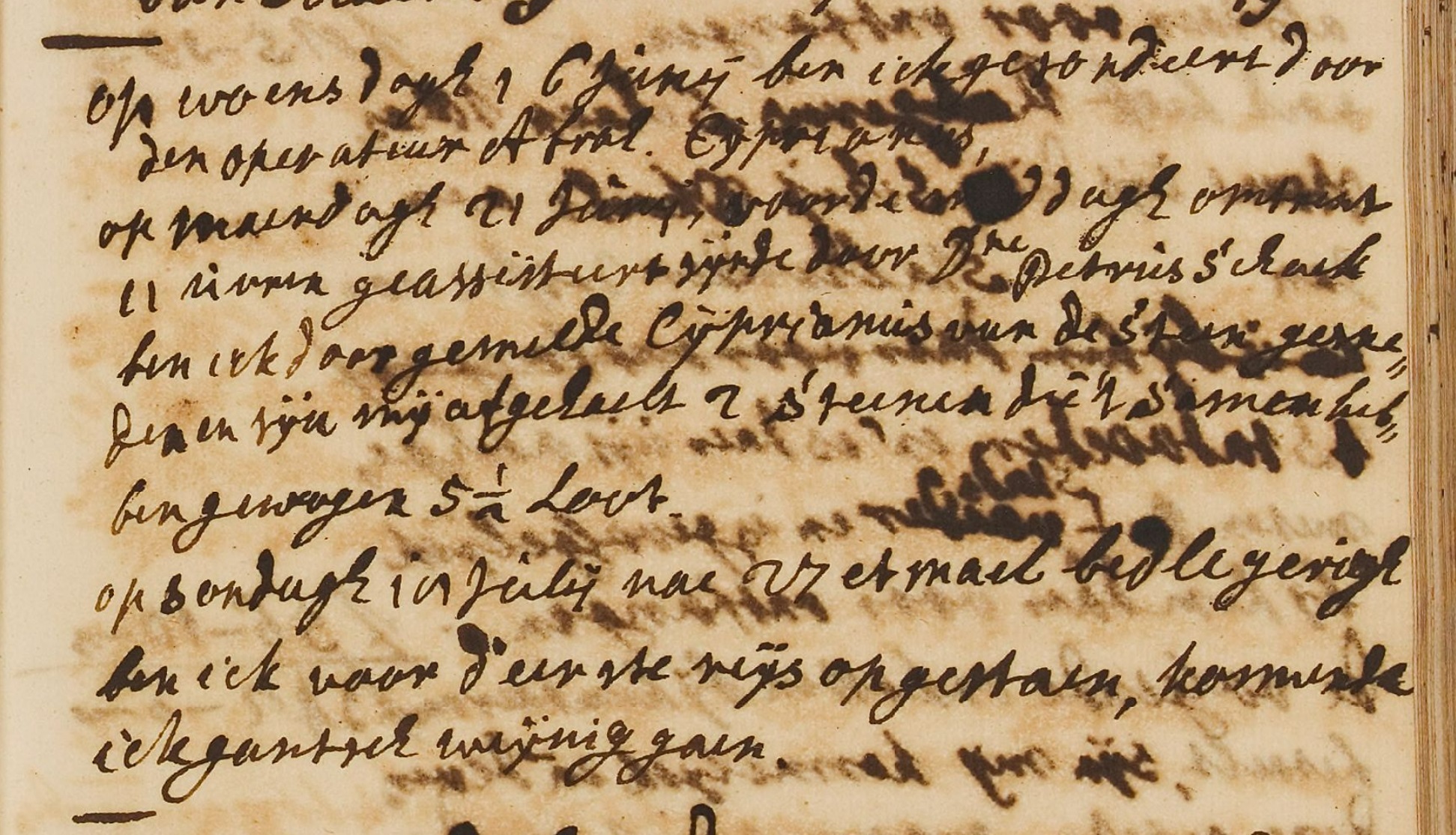
(Allard Pierson, University of Amsterdam, OTM 62-8593)
Catalogus librorum (…) Petri de Graaf (…), p. 54, no. 289 (Medici & Philosophici in Octavo)
This famous treatise on the removal of bladder stones was written by François Tolet (1647–1724), renown lithotomist in Paris. Initially published in 1681, it was translated in other languages and was republished as late as 1758 in Paris. The engraved frontispiece (image below) vividly represents the circumstances of this complex surgical procedure.

As evidence by a few entries in his almanacs, there is a direct link between Pieter de Graeff and this ailment. He in fact often suffered from painful attacks of urinary gravel (‘graveel’) that he would try to cure with medicinal powders, ‘spiritus’ and oils which he obtained from relatives and acquaintances.


Moreover, on two occasions (in June 1688 and February 1695), he underwent complex surgeries carried out by the Jewish chirurgijn Abraham Cyprianus (ca. 1656-1718) to remove the bladder stones. During the first surgery on June 21 1688, Cyprianus removed two bladder stones, assisted by Petrus Schaak (1633-1708), pastor and scholar in Amsterdam. After more than 27 days of bed rest, Pieter could walk again for the first time on Sunday 18 July.


The dates of the two testaments that he and his wife made (on 25 May 1688 and on 31 January 1695) align with the dates of the surgeries. It is clear that they were drafted in anticipation of a potentially fatal outcome. This somber reality is reflected in the first sentence of their 1688 testament, where Pieter wrote this decision was taken after ‘reflecting on the fragility of human life and the certainty of death’ (‘by overdenckinge van de broosheyt des meschelycke levens, en de seeckerheyt des Doodts’).
USTC record: 1836828
Browse through this book in Google books
Consult and download the annotated transcription of Pieter de Graeff's book auction catalogue here.
References:
C. Piccoli, Pieter de Graeff (1638-1707) and his treffelyke bibliotheek (Brill, 2025).
Written by Chiara Piccoli